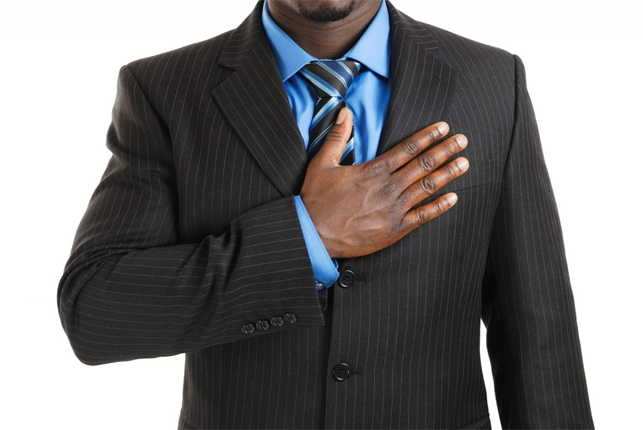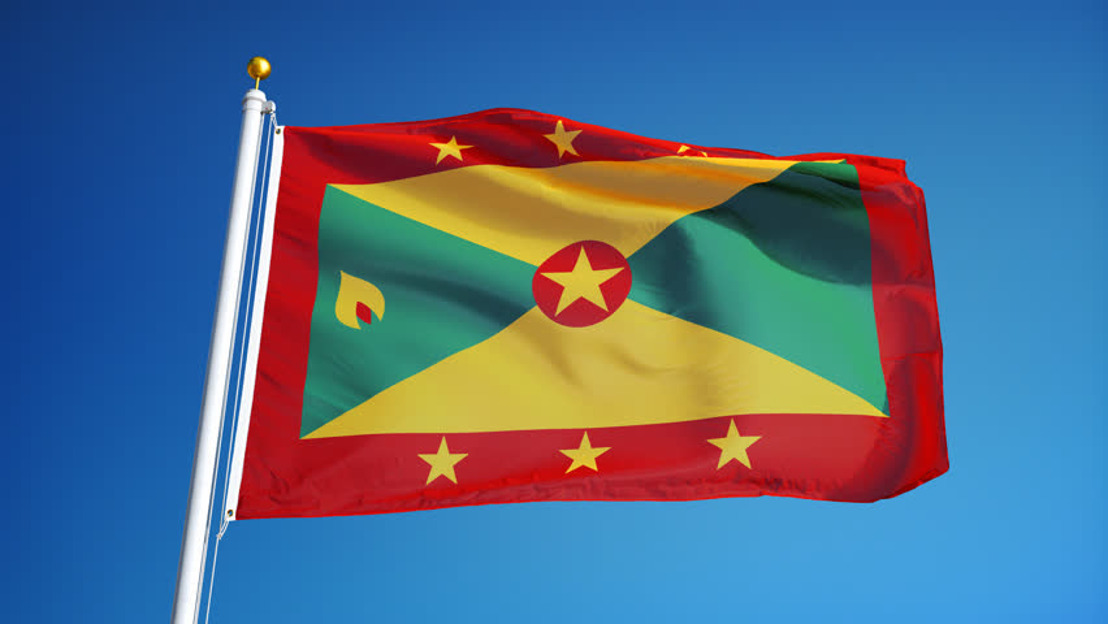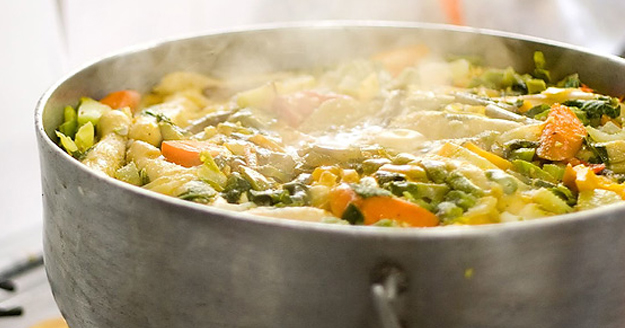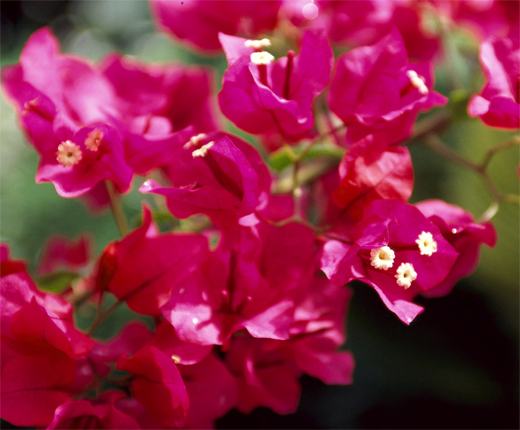National Symbols
Coat of Arms

- The Livery Coat or Colour on a Shield
- Charges or Devices on the Shield
- The Helm of special design
- The Mantle which covers the Helm
- The Wreath to hold the Mantle in place
- The Crest
- Supporters
- The Motto
Pledge of Allegiance

I pledge allegiance to my flag and to the country for which it stands, with Liberty, Justice and Equality for all. I pledge also that I shall defend and uphold the Honour, Dignity and Laws and Institutions of my country.
National Flag

The National Flag of Grenada represents the distillation of a national effort to produce an emblem of a nation that can stand for all time and which incorporates simplicity of form, a pleasing visual quality and, not least, is symbolic of the confidence, hope and aspirations of a courageous people accepting the challenge of nationhood.
The components of the flag have the following significance:
- Red: represents the fervour of the people, their courage and vitality - their burning aspiration to be free. The red border is indicative of their dedication to preserve harmony and unity of spirit.
- Gold: the colour representative of wisdom also holds significance for Grenadians - a representation of the sun, their islands in the sun, the warmth and friendliness to their people.
- Green: symbolises the fertility of the land, the lush vegetation and the island’s agriculture.
- The Seven Gold Stars: represents the seven parishes and the hopes and aspirations and ideas upon which the nation was founded.
- The Nutmeg: represents the reputation as the Isle of Spice and its traditional link with the economy.
Flag History
The Flag of Grenada was designed by Anthony C. George of Soubise in the Parish of St. Andrew. Grenada received independence from the United Kingdom on February 7, 1974 and adopted its flag on this day.
Flag Dimensions
The dimensions of the National Flag shall be in the following proportions:
Flown on land: five to three (5:3)
Flown on Sea: two to one (2:1)
Flag Etiquette
The following code should be observed in relation to the flag:
- The flag is to be regarded as the sacred emblem of the nation to be paid due reverence and devotion by all its citizens.
- The flag should never be allowed to touch the ground or floor nor should it be flown or used for purely decorative purposes on anything that is for temporary use and likely to be discarded, except on state occasions.
- The National Flag should not be flown after sunset, except inside a building. However, on important ceremonial occasions, the flag may be displayed in the open after sunset when it should be floodlit if possible.
- The flag should be flown on all government and municipal buildings and offices, on or near the main administrative building, but it is recommended if possible each day it should be lowered at sundown and raised at 8:00am.
- No other flag should be placed above or to the right of the Grenadian Flag, except at foreign embassies, consulates and missions.
National Anthem

Hail Grenada, land of ours
We pledge ourselves to thee
Heads, hearts and hands in unity
To reach our destiny
Ever conscious of God
Being proud of our heritage
May we with faith and courage
Aspire, build, advance
As one people, one family
God bless our nation.
Written by Irva Blackette Nee Baptiste
Arranged by Louis Masanto
National Bird

-
When a Grenada Dove is flushed from a perch, it will fly to the ground and walk away. It likely evolved without ground predators, which now include mongoose, rats, and feral cats.
-
No Grenada Doves have been seen outside the forest nor flying above the forest canopy. They are possibly isolated to the patches of remaining habitat. Dispersal patterns are not yet known.
-
Within the forest, flight has only been observed from one perch to another, from a perch to the ground and from the ground to a tree. All other observations have been of doves walking on the ground. During the non-breeding season at Mt. Hartman, a pair of doves was observed walking side-by-side.
-
The Mt. Hartman National Park was established by the Government of Grenada in 1996 to ensure the protection of the endemic Grenada Dove in one of the key habitats for the bird on the island. The National Park has been identified by BirdLife International as an Important Bird Area (IBA) for the Grenada Dove.
-
Grenada Dove is listed by BirdLife International, the official Red List Authority for birds for the IUCN Red List, as Critically Endangered. As such it faces an extremely high risk of extinction in the wild. For an up-to-date species account of the Grenada Dove, its population and distributions; visit the BirdLife World Bird.
National Dish

Grenada's national dish is called "Oil down". It is a simple, delicious and robust dish, which is very popular in local restaurants. It's a hearty onepot meal of salted meat, chicken, dumplings, breadfruit, callaloo - made from young dasheen leaves and other vegetables. The whole thing is stewed in coconut milk, herbs and spices to add even more flavour.
RECIPE
Ingredients
8-10 young dasheen
1 sprig celery, chive and thyme
2 medium carrots chopped
2 green peppers chopped
1 lb dumplings
2 tps tumeric (saffon)
1/2 lb Salt meat (pre-soaked overnight)
1 large Breadfruit peeled
2 cups coconut milk
1 medium onion chopped
Method
- Wash and peel breadfruit. Cut into 8 sections. Remove centre lengthways of each section and cut into half crosswise.
- Wash and scrape meat, cut into pieces and rinse in lime juice and water.
- Remove skins of onions, rinse and cut into small pieces. Remove seeds of chilli peppers and cut into wedges. Chop chives into small pieces.
- Put salted meat into cold water, bring to the boil and drain. Repeat 3 times to remove preserving saly. Put to cook until just tender and drain.
- Saute onions and garlic in hot oil until onions are pale yellow.
- Add chive, thyme, flavouring pepper, salted meat and salt to taste. Pour over 2 cups of coconut milk.
- Add wedges of breadfruit, sugar, green hot pepper and cook until breadfruit absorbs liquid.
- Add remaining coconut milk. Remove hot pepper. Stir to blend well and cook at a reduced heat. There should be no remaining liquid.
- Serve hot.
Try your hand at the national dish.
National Flower

